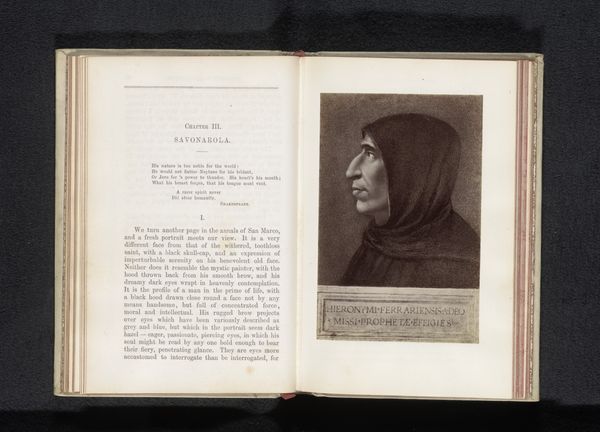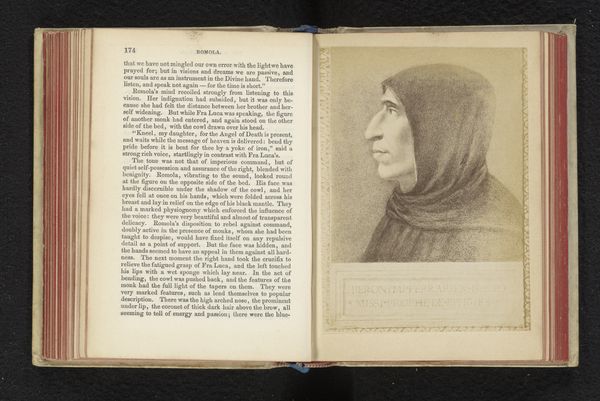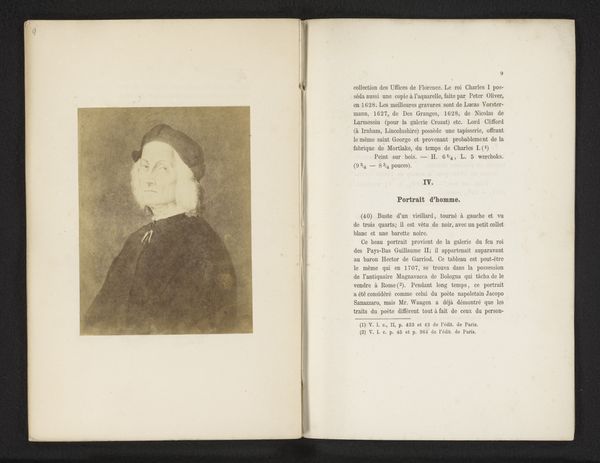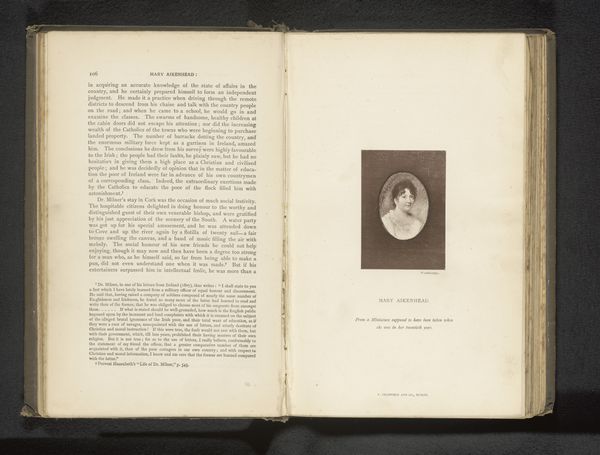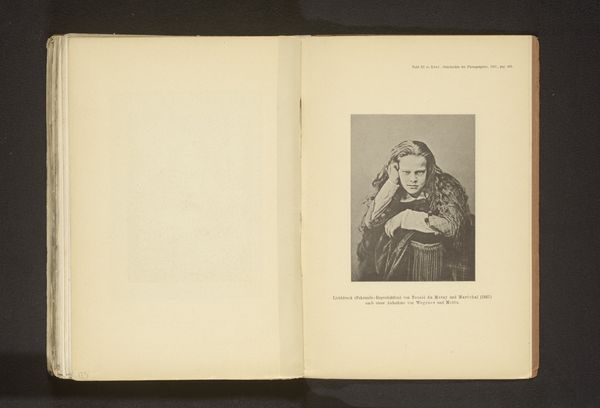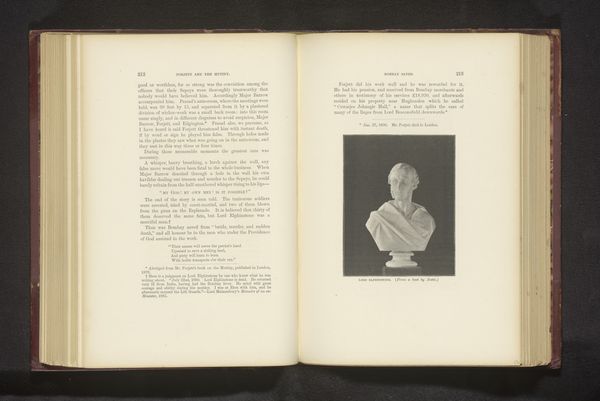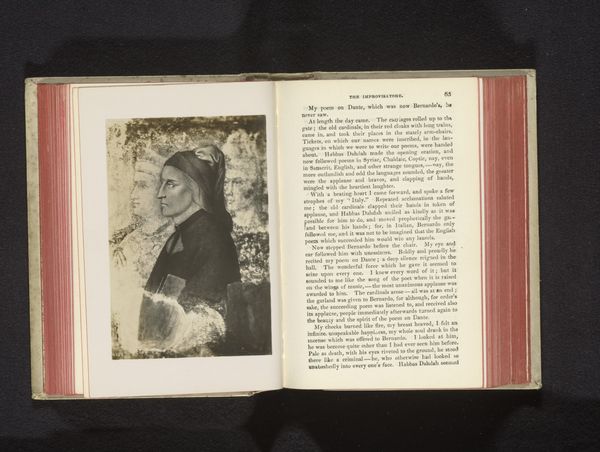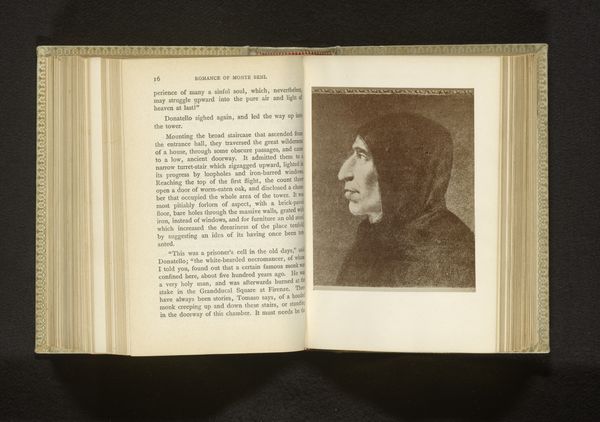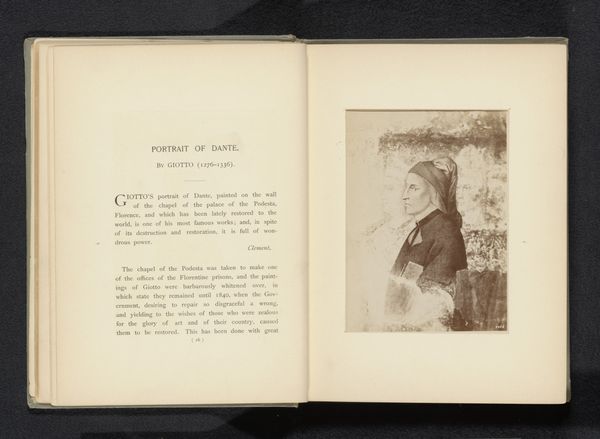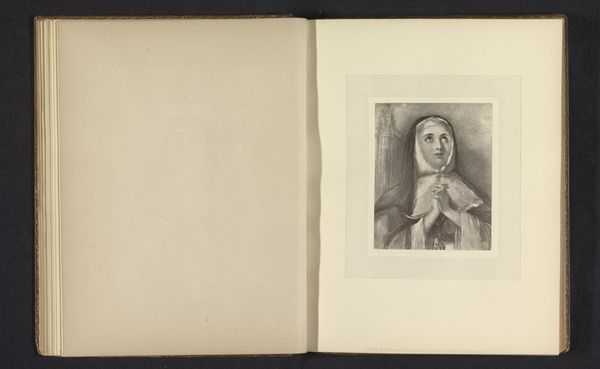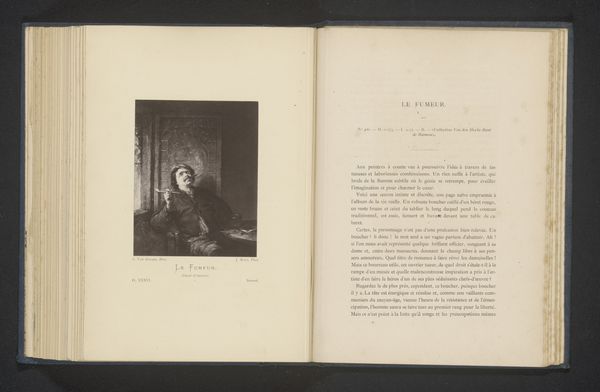
print, photography, gelatin-silver-print
#
portrait
# print
#
photography
#
gelatin-silver-print
Dimensions: height 116 mm, width 88 mm
Copyright: Rijks Museum: Open Domain
Curator: Here we have a fascinating piece, "Portret van Mr. Seymour Hicks," dating from before 1894, created by Alfred Ellis. It is a gelatin silver print. The stark monochrome pulls you right in. Editor: I agree. The texture created in the silver print adds an almost tactile quality to the image. I am drawn to this face, which feels like an unveiling, or exposure of this stage persona called Seymour Hicks. It exudes a palpable air of vulnerability, heightened by the single, quizzical-looking monocle. Curator: Seymour Hicks was a major figure in British theatre at the time. Ellis, as a photographic studio, capitalized on photographing theatrical personalities to promote their stage presence to a larger audience. The piece's context as promotional material, aiming to craft a specific public image of the actor, seems pretty crucial here. Editor: Precisely. This print is nestled between pages of some period periodical; this further amplifies the commercial agenda. How interesting to consider the relationship between stage persona and genuine identity – what elements of Mr. Hicks’ interiority did Alfred Ellis intend to capture? And were his motivations strictly capitalistic, or could they have been an exchange of sorts, an understanding between artist and model? Curator: That friction is compelling to explore. You see a convergence of individual representation with broader industry and cultural influences. Consider also how portraiture, then and now, operates within these intersecting social strata and the artist's active negotiation within it. Editor: I’m particularly struck by how Hicks’ costume and character come off more subversive than glamorous. How might contemporary queer studies affect how we look at his figure here, gazing into the frame, in an unusual sort of hood? And how did those reading this publication understand the role he played at the time? Curator: It serves as a reminder that artworks never exist in isolation. Examining photographic pieces like this invites an interesting investigation into visual culture. By engaging diverse lenses, it encourages richer dialogue. Editor: It absolutely challenges the conventions we are taught in traditional art history; thank you for expanding my appreciation of the piece.
Comments
No comments
Be the first to comment and join the conversation on the ultimate creative platform.
